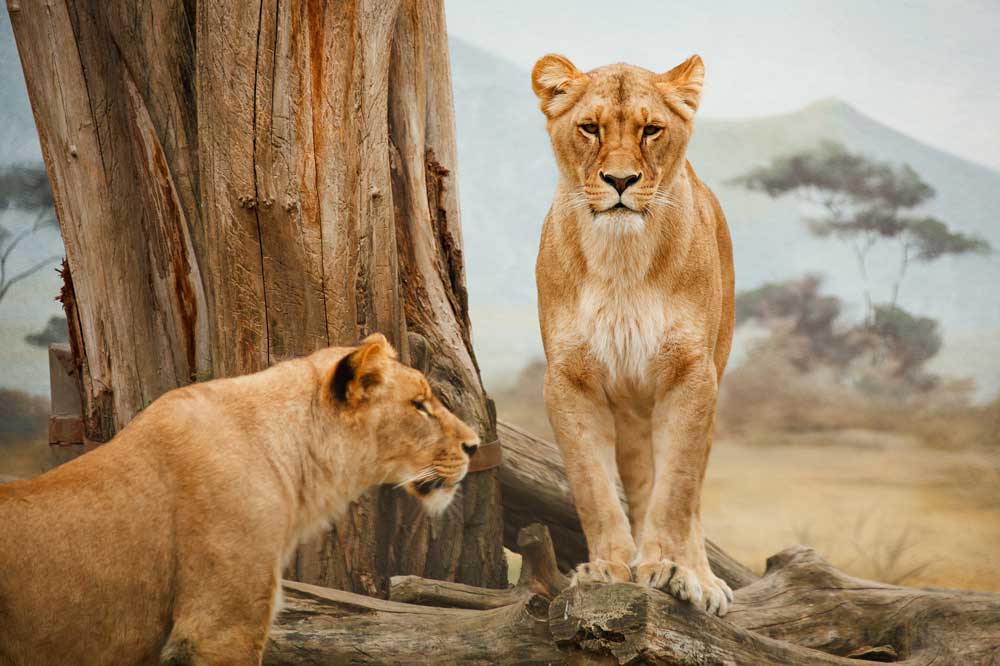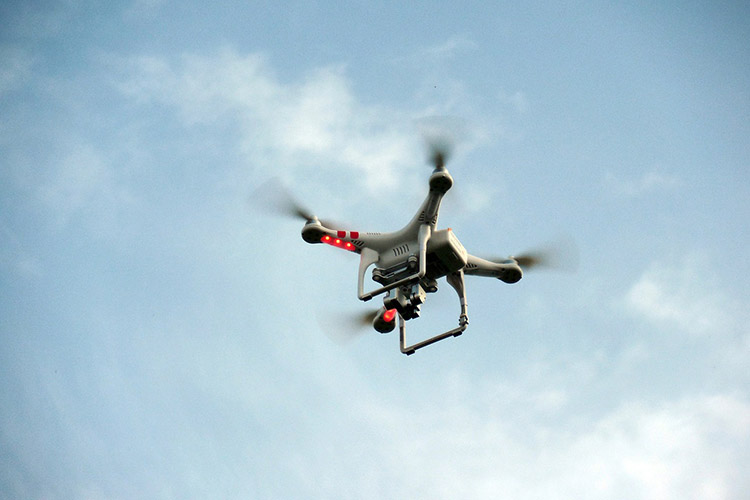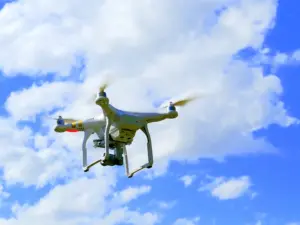Your cart is currently empty!
-
Hospitality

Sport or sports are all forms of usually competitive physical activity or games which, through casual or organised participation, aim to use, maintain or improve physical ability and skills while providing enjoyment to participants, and in some cases, entertainment for spectators. Usually the contest or game is between two sides, each attempting to exceed the other. Some sports allow a tie game; others provide tie-breaking methods, to ensure one winner and one loser.
A number of such two-sided contests may be arranged in a tournament producing a champion. Many sports leagues make an annual champion by arranging games in a regular sports season, followed in some cases by playoffs. Hundreds of sports exist, from those between single contestants, through to those with hundreds of simultaneous participants, either in teams or competing as individuals. In certain sports such as racing, many contestants may compete, each against all with one winner.
Records of performance are often kept, and for popular sports, this information may be widely announced or reported in sport news. Sport is also a major source of entertainment for non-participants, with spectator sport drawing large crowds to sport venues, and reaching wider audiences through broadcasting. Sports betting is in some cases severely regulated, and in some cases is central to the sport.
According to A.T. Kearney, a consultancy, the global sporting industry is worth up to $620 billion as of 2013. The world’s most accessible and practised sport is running, while association football is its most popular spectator sport.
-
科学

Sport are all forms of usually competitive physical activity or games which, through casual or organised participation, aim to use, maintain or improve physical ability and skills while providing enjoyment to participants, and in some cases, entertainment for spectators. Usually the contest or game is between two sides, each attempting to exceed the other. Some sports allow a tie game; others provide tie-breaking methods, to ensure one winner and one loser.
A number of such two-sided contests may be arranged in a tournament producing a champion. Many sports leagues make an annual champion by arranging games in a regular sports season, followed in some cases by playoffs. Hundreds of sports exist, from those between single contestants, through to those with hundreds of simultaneous participants, either in teams or competing as individuals. In certain sports such as racing, many contestants may compete, each against all with one winner.
Records of performance are often kept, and for popular sports, this information may be widely announced or reported in sport news. Sport is also a major source of entertainment for non-participants, with spectator sport drawing large crowds to sport venues, and reaching wider audiences through broadcasting. Sports betting is in some cases severely regulated, and in some cases is central to the sport.
According to A.T. Kearney, a consultancy, the global sporting industry is worth up to $620 billion as of 2013. The world’s most accessible and practised sport is running, while association football is its most popular spectator sport.
-
时间管理

With our Flexible timing your thirst for knowledge will not be hampered by your busy schedule.
With our Flexible timing your thirst for knowledge will not be hampered by your busy schedule.
-
精品课程

We are dedicated at providing the well researched and the best in the class curriculum for our students.
We are dedicated at providing the well researched and the best in the class curriculum for our students.
-
温馨社区

We have huge community of blogger who love to change the world with us and help each other succeed.
We have huge community of blogger who love to change the world with us and help each other succeed.
-
面向未来

If you believe that you can win the world with your blogging skills then you can surely be our future student.
If you believe that you can win the world with your blogging skills then you can surely be our future student.
-
模板说明

可修改内容:
顶部:Logo, 网站名称,副标题(口号),APP图标,网站名称的文字颜色
网站背景颜色,背景图片
菜单
首页区块:本模板说明文章,面向未来等4个小方块,欢迎,课程,活动,为什么选择我们,家长或师资,最新信息,图片墙。每个可单独关闭(但上下位置不能调换)。
文章和页面的标题和正文颜色,字号。
-
Everest Base Camp Trek

Everest Base Camp is either of two base camps on opposite sides of Mount Everest (It could also be any Everest base camp on given route, but this is less common since the two main routes became standardized). South Base Camp is in Nepal at an altitude of 5,364 metres (17,598 ft) (28°0′26″N 86°51′34″E), and North Base Camp is in Tibet at 5,150 metres (16,900 ft)[1][2][3] (28°8′29″N 86°51′5″E). These camps are rudimentary campsites on Mount Everest that are used by mountain climbers during their ascent and descent. South Base Camp is used when climbing via the southeast ridge, while North Base Camp is used when climbing via the northeast ridge.[4]
Supplies are shipped to the South Base Camp by sherpas or porters, and with the help of animals, usually yaks. The North Base Camp has vehicle access (at least in the summer months). Climbers typically rest at base camp for several days for acclimatization to reduce the risks and severity of altitude sickness. Climbers who complete treks like Annapurna, tend to tackle Everest.
South Base Camp in Nepal
Short Rest on Everest Base Trail
The Everest Base Camp trek on the south side is one of the most popular trekking routes in the Himalayas and is visited by thousands of trekkers each year. Trekkers usually fly from Kathmandu to Lukla to save time and energy before beginning the morning trek to this base camp. However, trekking to Lukla is possible. There are no roads from Kathmandu to Lukla and as a result, the only method of transporting large and heavy goods is by plane.In 2015, it was noted that about 40,000 people per year take the trek from the Lukla airport to the Nepal Everest Base Camp.[5]
Everest Base Trek Route Map from Nepal side
Everest Base Camp Trek is considered one of the best treks in Nepal. From Lukla, climbers trek upward to the Sherpa capital of Namche Bazaar, 3,440 metres (11,290 ft), following the valley of the Dudh Kosi river. It takes about two days to reach the village, which is a central hub of the area. Typically at this point, climbers allow a day of rest for acclimatization. They then trek another two days to Dingboche, 4,260 metres (13,980 ft) before resting for another day for further acclimatization. Another two days takes them to Everest Base Camp via Gorakshep, the flat field below Kala Patthar, 5,545 metres (18,192 ft) and Mt. Pumori.
On 25 April 2015 an earthquake measuring 7.8 Mw struck Nepal and triggered an avalanche on Pumori that swept through the South Base Camp.[6] At least 19 people were said to have been killed as a result. Just over two weeks later, on May 12, a second quake struck measuring 7.3 on the moment magnitude scale. [7] Some of the trails leading to Everest Base Camp were damaged by these earthquakes and needed repairs.[5]
A temporary tent platform on the Khumbu glacier at South EBC, Nepal. Note the ice layer under the unstable rock surface. The Khumbu Icefall is seen in the background.Nepal’s EBC bottom left, Khumbu icefall to the right
Khumbu icefall
Everest Base Camp
-
Harry Superbrain

The Education Here is Amazing. Professor are very helpful .Thank you for my degree. I use it for several of the reasons other people mention. My favorite use, however, is deciding where my work colleagues and I will go to lunch every Thursday. This thing is getting better and better as I learn more about it.
-
Use of Drone to Minimize the Violence in Highways

An unmanned aerial vehicle (UAV), commonly known as a drone, as an unmanned aircraft system (UAS), or by several other names, is an aircraft without a human pilot aboard. The flight of UAVs may operate with various degrees of autonomy: either under remote control by a human operator, or fully or intermittently autonomously, by onboard computers.
Compared to manned aircraft, UAVs are often preferred for missions that are too “dull, dirty or dangerous” for humans. They originated mostly in military applications, although their use is expanding in commercial, scientific, recreational, agricultural, and other applications, such as policing and surveillance, aerial photography, agriculture and drone racing. Civilian drones now vastly outnumber military drones, with estimates of over a million sold by 2015.
The term drone, more widely used by the public, was coined in reference to the resemblance of dumb-looking navigation and loud-and-regular motor sounds of old military unmanned aircraft to the male bee. The term has encountered strong opposition from aviation professionals and government regulators.
“Worker bees can leave.
Even drones can fly away.
The Queen is their slave.”
— Chuck PalahniukThe term unmanned aircraft system was adopted by the United States Department of Defense and the United States Federal Aviation Administration in 2005 according to their Unmanned Aircraft System Roadmap 2005–2030. The International Civil Aviation Organization and the British Civil Aviation Authority adopted this term, also used in the European Union’s Single-European-Sky Air-Traffic-Management Research roadmap for 2020. This term emphasizes the importance of elements other than the aircraft. It includes elements such as ground control stations, data links and other support equipment. A similar term is an unmanned-aircraft vehicle system remotely piloted aerial vehicle, remotely piloted aircraft system. Many similar terms are in use.

A UAV is defined as a “powered, aerial vehicle that does not carry a human operator, uses aerodynamic forces to provide vehicle lift, can fly autonomously or be piloted remotely, can be expendable or recoverable, and can carry a lethal or nonlethal payload”. Therefore, missiles are not considered UAVs because the vehicle itself is a weapon that is not reused, though it is also unmanned and in some cases remotely guided.
The relation of UAVs to remote controlled model aircraft is unclear. UAVs may or may not include model aircraft.[citation needed] Some jurisdictions base their definition on size or weight, however, the US Federal Aviation Administration defines any unmanned flying craft as a UAV regardless of size. A radio-controlled aircraft becomes a drone with the addition of an autopilot artificial intelligence (AI), and ceases to be a drone when the AI is removed.
The earliest attempt at a powered UAV was A. M. Low’s “Aerial Target” in 1916. Nikola Tesla described a fleet of unmanned aerial combat vehicles in 1915. Advances followed during and after World War I, including the Hewitt-Sperry Automatic Airplane. The first scaled remote piloted vehicle was developed by film star and model-airplane enthusiast Reginald Denny in 1935. More emerged during World War II – used both to train antiaircraft gunners and to fly attack missions. Nazi Germany produced and used various UAV aircraft during the war. Jet engines entered service after World War II in vehicles such as the Australian GAF Jindivik, and Teledyne Ryan Firebee I of 1951, while companies like Beechcraft offered their Model 1001 for the U.S. Navy in 1955. Nevertheless, they were little more than remote-controlled airplanes until the Vietnam War.In 1959, the U.S. Air Force, concerned about losing pilots over hostile territory, began planning for the use of unmanned aircraft.Planning intensified after the Soviet Union shot down a U-2 in 1960. Within days, a highly classified UAV program started under the code name of “Red Wagon”. The August 1964 clash in the Tonkin Gulf between naval units of the U.S. and North Vietnamese Navy initiated America’s highly classified UAVs






